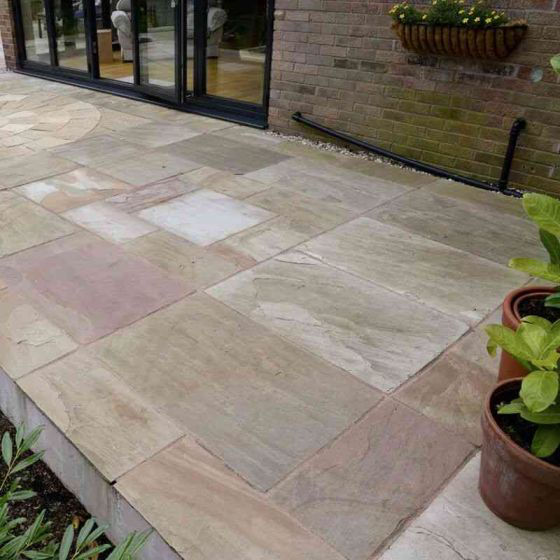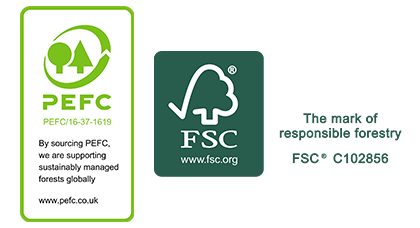Winter can bring challenges to garden maintenance, but it doesn’t have to mean muddy pathways and waterlogged flower beds. With the right materials, your garden can remain tidy, functional, and ready for spring. At Pattrick & Thompsons, we offer high-quality decorative aggregates, landscaping fabric, and topsoil to help you manage your outdoor spaces during the colder months.
From stabilizing pathways to refreshing flower beds, our products are perfect for winter-proofing your garden. Located in King’s Lynn, we’re here to help you tackle every project with ease.

Why Decorative Aggregates Are Essential for Winter Garden Maintenance
Decorative aggregates aren’t just about aesthetics—they’re practical solutions for garden maintenance. Here’s why they’re a great choice for winter:
- Prevent Mud and Puddles: Gravel and aggregates create solid surfaces that improve drainage.
- Protect Plant Roots: Topsoil insulates roots and enriches the soil, keeping plants healthy during winter.
- Add Visual Appeal: Materials like Plum Slate and Polar White Gravel bring elegance and style to your garden.
- Durable and Low-Maintenance: Decorative aggregates require minimal upkeep, making them ideal for winter projects.
Winter Garden Projects You Can Tackle with Decorative Aggregates
Upgrade Pathways and Driveways
Pathways are often the first to suffer during winter, becoming muddy and slippery. By laying pea gravel or gravel 20-10mm, you can create a durable, non-slip surface that’s practical and visually appealing.
- How to Do It: Lay a foundation, add weed control fabric, and spread the gravel evenly for stability.
- Recommended Products: Gravel 20-10mm, Pea Gravel.
Refresh Flower Beds with Decorative Aggregates and Topsoil
Flower beds can lose their charm in winter, but they don’t have to. Add a layer of topsoil to improve soil health, then finish with decorative aggregates like Flamingo Chippings or Cotswold Chippings for a polished look.
- How to Do It: Spread topsoil first, then arrange decorative aggregates around plants for protection and style.
- Recommended Products: Flamingo Chippings, Plum Slate, Topsoil.
Improve Drainage in Your Garden
Winter rains can lead to water pooling, which damages plants and lawns. Solve this by installing a simple drainage system with gravel 20-10mm.
- How to Do It: Dig a shallow trench in low-lying areas, line it with fabric, and fill with gravel for water redirection.
- Recommended Product: Gravel 20-10mm.
Level and Revitalize Lawns with Topsoil
Uneven or patchy lawns can be leveled and revitalized with nutrient-rich topsoil. This creates a smooth surface and prepares your lawn for spring planting.
- How to Do It: Spread topsoil over uneven areas and level with a rake for an even finish.
- Recommended Product: Topsoil.

Our Featured Products for Winter Garden Maintenance
At Pattrick & Thompsons, we stock everything you need for winter-proofing your garden. Many of our decorative aggregates are supplied by the trusted experts at Long Rake Spar, ensuring top-tier quality and durability. Here are some of our best-selling products:
- Flamingo Chippings: Vibrant and stylish for flower beds.
- Polar White Gravel: Perfect for pathways and borders.
- Plum Slate: Adds a natural, elegant touch to any garden.
- Gravel 20-10mm: A versatile option for pathways and drainage.
- Pea Gravel: Smooth and ideal for driveways or landscaping.
- Topsoil: Enriches soil and provides a base for leveling lawns.
- From trusted supplier Growtivation: Ensures long-lasting results when paired with aggregates. See our landscaping fabric range.

Why Choose Pattrick & Thompsons for Your Winter Garden Supplies?
- Visit Our Store: Explore our products in person at our King’s Lynn branch.
- Shop Online: Browse our range and place your order for delivery.
- Contact Us: Speak to our team for recommendations or help with your order.
Create Your Perfect Winter Garden
Winter garden maintenance doesn’t have to be daunting. With decorative aggregates, gravel, and topsoil from Pattrick & Thompsons, you can keep your outdoor spaces tidy, functional, and ready for spring.
Visit our King’s Lynn store or shop online to find everything you need for your winter projects. Whether you’re upgrading pathways, refreshing flower beds, or improving drainage, we’re here to make your winter gardening easy and effective.
Disclaimer: The information presented in this article is accurate at the time of publication, but please be aware that regulations and standards can change over time. This content is intended as a general overview and should not be considered as professional advice from a building control expert. Pattrick and Thompsons strives to provide accurate information but accepts no responsibility for any outdated information or changes in legislation.






















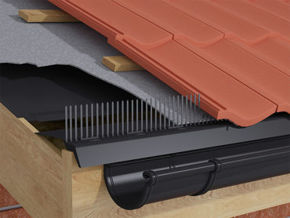





















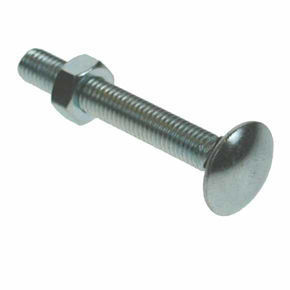
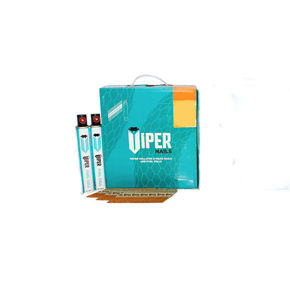








_1000.png)






